Marisa Wojcik:
Welcome to “Noon Wednesday.” I’m Marisa Wojcik, a multimedia journalist with “Here & Now” on Wisconsin Public Television. Before we get started with our interview, a little bit of breaking news. Governor Tony Evers has announced his partial vetoes to the budget bill that Republicans put on his desk last week. The largest of the Evers’ changes are a redirect of funds to K-12 education, an additional 87 million dollars and we’re going to have more coverage on this on this Friday’s “Here & Now” at 7:30 p.m. on Wisconsin Public Television. So just a little bit of breaking news for you.
Now back to our interview. So year round Wisconsinites are out on lakes fishing and being mindful of limiting their exposure to different toxins like mercury has been on our radar for a while. The DNR has different advisories that they show on their website based on where you are, what time of year, but research from the UW Center for Limnology is now saying that climate change is making it so much harder to predict those mercury levels. So joining me to talk about her reporting on this is Sarah Whites-Koditschek.
Sarah Whites-Koditschek:
Hi.
Marisa Wojcik:
Thanks for joining us.
Sarah Whites-Koditschek:
Glad to be here.
Marisa Wojcik:
I want to start by just asking you where did this story begin for you?
Sarah Whites-Koditschek:
It began as part of a conversation in the news room about emerging toxins and mercury, just a state of mercury in Wisconsin and how effective regulations had been over time and we wanted to check in about that and came across this study that had been recently published by Dr. Carl Watras who works both for DNR and for the Center for Limnology at UW.
Marisa Wojcik:
And so you’re having this conversation and then you started talking with Carl Watras and where did that conversation leave?
Sarah Whites-Koditschek:
What we thought was really interesting and important about his research was the connection to climate change and that was a surprise to us that climate change was also changing the way that a toxin like mercury is acting in our environment and that has a direct effect on human health because mercury is a neurotoxin and it affects the brain and the kidney, especially in development years. So we reached out to Dr. Watras and I went up and visited him while he was doing some of his sampling that he’s been doing for over 30 years up in the northern part of the state at the Trout Lake Station.
Marisa Wojcik:
And you did this back in March, so it was like, pretty cold then out on a frozen lake.
Sarah Whites-Koditschek:
Yes.
Marisa Wojcik:
But like you said, he’s been doing this for 30 years and I guess, what did he find?
Sarah Whites-Koditschek:
So what came as a surprise to him, over 30 years he and his team and others there have been monitoring mercury levels in the lakes and it’s one of the more remote places where there are scientists dedicated full time to tracking that and so they were involved in figuring out that acid rain was the reason that mercury was ending up in the water. And so fossil fuels plants emit mercury into the water and into the atmosphere and then it’s rained down. And so they’ve been kind of just observing all sorts of aspects of the mercury cycle in the environment and so he was looking for mercury levels in fish over time and just happened to correlate that over the course of 30 years with the water cycle which has been effected by climate change and realized that the two were on a parallel track.
Marisa Wojcik:
And so this is pretty unique because it’s over 30 years and then it’s three same lakes so he can kind of take what he’s researching and confine it to that sample specifically and it reduces variables, right?
Sarah Whites-Koditschek:
Yeah, so aspects of this phenomenon had been noticed in reservoirs and in other spaces but what was important about studying it in a lake environment is that there’s fish there and that’s a source of food for us and the ability to track these trends over multiple decades is not very common so there’s a lot more significance that can come from seeing what’s really happening over the span of that many years.
Marisa Wojcik:
And sometimes for these scientists, they may know what they’re getting into ahead of time, but they just need the data to back it up. But in your report, it sounds like Carl Watras was pretty surprised at what he found.
Sarah Whites-Koditschek:
Yeah, he was surprised because he actually said that he was at a meeting with other folks who had been researching this and they just happened to overlay these two data sets and so it really wasn’t a connection that he had been looking for, but he since come up with ways to understand why it is happening that way.
Marisa Wojcik:
So as a scientist for the UW, but also working for the DNR, was he at all hesitant to use the words climate change?
Sarah Whites-Koditschek:
No.
Marisa Wojcik:
Not really?
Sarah Whites-Koditschek:
Not at all, no. I mean, he was hesitant to speculate about what this meant going forward because he wants to talk about what his data shows.
Marisa Wojcik:
What he knows.
Sarah Whites-Koditschek:
Yeah, but certainly not hesitant to connect it climate change.
Marisa Wojcik:
And he called it a roller coaster.
Sarah Whites-Koditschek:
Yes.
Marisa Wojcik:
Did he show any level of concern or was he just like, this is the data.
Sarah Whites-Koditschek:
So I think that that was… The question of what this will mean is something that I don’t think he wanted to really speculate too much about, but I think important context is that the data shows that mercury levels in fish have been above the safety levels for human consumption the entire time and that’s why we have fish advisories and their recommendations for how much fish you should eat of a particular type of fish depending on your gender or whether you’re pregnant, all sorts of factors. So these fish have already had mercury levels that were unsafe to some degree and I think that the question is now when there are periods where the levels are much higher, that concentration will certainly increase. Mercury never goes away once it’s in the environment.
Marisa Wojcik:
It’s one of the forever toxins or legacy toxins.
Sarah Whites-Koditschek:
Yeah and humans have been putting mercury into the environment since the industrial age and the sources have changed. Right now, the main source is fossil fuel but yeah, so I think that the question of how… The purpose of the study was to inform policy makers of this new variable and this unpredictability that they need to consider as a factor when they weigh the costs and benefits of regulations.
Marisa Wojcik:
So right now are the regulations keeping up with what these levels are showing us? You mentioned that often these levels are surpassing safe levels for human consumption, and then if you’re adding in climate change, we just sometimes don’t even know if the data or the information on the advisory that we’re receiving is up to date or accurate. So do we need to change our advisories, our regulations or our tipping point for what’s considered safe?
Sarah Whites-Koditschek:
So over time mercury regulation, Wisconsin has been as a state, proactive in regulating mercury in the last decade or so. Over time, those regulations have been effective and the mercury levels that were putting out have gone down. So on the national level, the Trump Administration’s EPA has pushed back on some plans to regulate mercury and the justification there was the cost of doing that, that it’s not worth it because of the cost. So as to whether or not the fish will be trackable and something that we can keep, in a sense of like, is it safe, is it not? Governments, they don’t check mercury every year necessarily. It’s a sporadic track. So also these changes are occurring over many years. So maybe like, roughly like a decade where you’d have so far a cycle going up and down.
Marisa Wojcik:
Okay.
Sarah Whites-Koditschek:
So it’s not like a question of is the fish safe this week, I don’t know. It’s more like how is that monitoring keeping up with the changes over a slightly slower frame of time? Which, I spoke with a scientist at the U.S. GS who did express concern that based on his knowledge of how those levels are tracked that it still could present challenges in keeping up to date, but I don’t want to scare people that it’s going to be like an extreme radical change.
Marisa Wojcik:
From day to day. Especially you know, we’re heading into a holiday weekend and Wisconsin is really big on fishing and not only just as a sport, but as livelihood. So are there ways in which people can at least kind of check out what’s going on in their area?
Sarah Whites-Koditschek:
Well the DNR has maps and has levels and has advisories for the state. So on the website, there’s that information and I guess that is a good question. Is like, for the DNR I guess, how up to date, how much faith do we want to put in that? But I think for the most part there’s already the recognition that fish consumption should be limited.
Marisa Wojcik:
And you should just kind of have that idea in the back of your head when you’re going and fishing and consuming fish. So if Watras does work for the DNR, does he have any intentions of… Is he not part of the role making process? He’s just, here’s the data and you do with what you want.
Sarah Whites-Koditschek:
Yeah, a separate. I mean, he is purely in the science information gathering realm.
Marisa Wojcik:
And another part of your story was about We Energies is proposing to change the ways that they’re outputting mercury and We Energies is a producer of energy, obviously, and so they have the ability to put new mercury out into the environment and this has some environmental advocates concerned. So what’s going on there?
Sarah Whites-Koditschek:
So We Energies has the Oak Creek coal-fired power plant, south of Milwaukee and they are requesting a variance to change the way that the mercury that they put out is tracked. So the back story to this is that there are other plants that have already gotten variances. So this is not necessarily out of the ordinary, but the reason that this has come up is that for a period of time, the plant was putting out more mercury than it was supposed to and has since brought that back down but that triggered because of EPA rules that the DNR triggered this process where the plant now has to be tracked in a new way and so the way… There are certain limits as to how much mercury the plant can discharge at any given site, any given part of the plant in one month. And so the way that the plant can kind of adjust those rules is to request this variance and the only way that they can make a change is to have the measurement happen on a daily basis. So they want to triple the amount on a daily basis that they are now allowed to put out in a month.
Marisa Wojcik:
So they still want the average to remain the same.
Sarah Whites-Koditschek:
They say that the average will remain the same, but they say that there is going to be fluctuations in the levels and so at any given day, they want the flexibility to emit three times as much at one particular site, which they say is a relatively smaller discharge site than some of the other ones they have. Now, they won’t necessarily be tracked on a monthly or yearly basis to see whether it’s true that they are meeting that hope or that expectation that they are staying at the overall level, which is set based on what is considered safe for human health. So advocates are concerned and there’s been a lot of public involvement in the discussion and at DNR public hearings people submitting comments and this year our club held a press conference that I went to and they’re concerned that this is going to mean more mercury discharged at the plant.
Marisa Wojcik:
So is there any idea from the DNR if there’s any indication that there’s going to be action on this?
Sarah Whites-Koditschek:
So I should say also that part of the variance that We Energies is requesting involves a plan to decrease their mercury emissions overall and so I think when I spoke with the DNR, part of what they’re encouraged by, by the variance, is that it’s a kind of bigger picture attempt to address the reasons that the discharge is happening, the way that it is, and to try to kind of move towards decreasing. And so I can’t say what they’re going to do, but they were involved in the process of drafting the permit and seem to think that, based on person that I spoke with, seem to think that there are some positives in the overall plan.
Marisa Wojcik:
And so this kind of is a part of your broader reporting which is about the environment and renewable energy and you’ve got some other stuff that is in the works and you’ve got a story coming out soon, can you tell us a little bit about that?
Sarah Whites-Koditschek:
Yeah, so the next story coming out is about this: we’ve been doing some stories about solar energy and the kind of rapid changes in the state where large projects are being built, utility scale projects and also there’s a conflict around companies that want to provide equipment and allow businesses and governments and non-profits and residents to host their own solar panels. The utilities in the state are pushing back against that and refusing to, particularly We Energies, refusing to interconnect those projects in their territory. And so this has gone, the PSC, the Public Service Commission which regulates the utilities decided not to take up the issue, but now it’s in the courts and the similar series of events played out in Iowa which resulted in the courts deciding in favor of the companies that wanted to use this model, which is essentially a financing model because it’s expensive to put the solar equipment up and so not everyone, not every government can afford it. In this case, the city of Milwaukee wanted to do it and that’s what the case is centered around, but this model allows a company to come in and provide the financing and allow the city for example to put up the solar panels and over time purchase the equipment and own the equipment itself. And the utilities in this state have a monopoly and they have exclusive right to provide energy within their territory. So the legal questions are is this company under the law acting as a public utility and should the utilities continue to have this right. The purpose of it was to be in the public interest to be able to provide reliable affordable energy because it’s a critical need for the public and to have the state regulate those providers. So advocates on the renewable side say that not allowing these different financing models is going to stymie the growth of solar in the state and Wisconsin is ranked I think 41st in the state in terms of solar energy so it’s a bit behind some of its neighbors in progressing in that area.
Marisa Wojcik:
Well we’ll look out for that story.
Sarah Whites-Koditschek:
Yeah.
Marisa Wojcik:
Thank you so much for telling us a little bit about your reporting and what you’ve been up to.
Sarah Whites-Koditschek:
Thanks.
Marisa Wojcik:
For more from “Here & Now” in Wisconsin Public Television, you can visit wpt.org and thank you so much for joining us on “Noon Wednesday.”
Search Episodes
News Stories from PBS Wisconsin

Donate to sign up. Activate and sign in to Passport. It's that easy to help PBS Wisconsin serve your community through media that educates, inspires, and entertains.
Make your membership gift today
Only for new users: Activate Passport using your code or email address
Already a member?
Look up my account
Need some help? Go to FAQ or visit PBS Passport Help
Need help accessing PBS Wisconsin anywhere?

Online Access | Platform & Device Access | Cable or Satellite Access | Over-The-Air Access
Visit Access Guide
Need help accessing PBS Wisconsin anywhere?

Visit Our
Live TV Access Guide
Online AccessPlatform & Device Access
Cable or Satellite Access
Over-The-Air Access
Visit Access Guide
 Passport
Passport





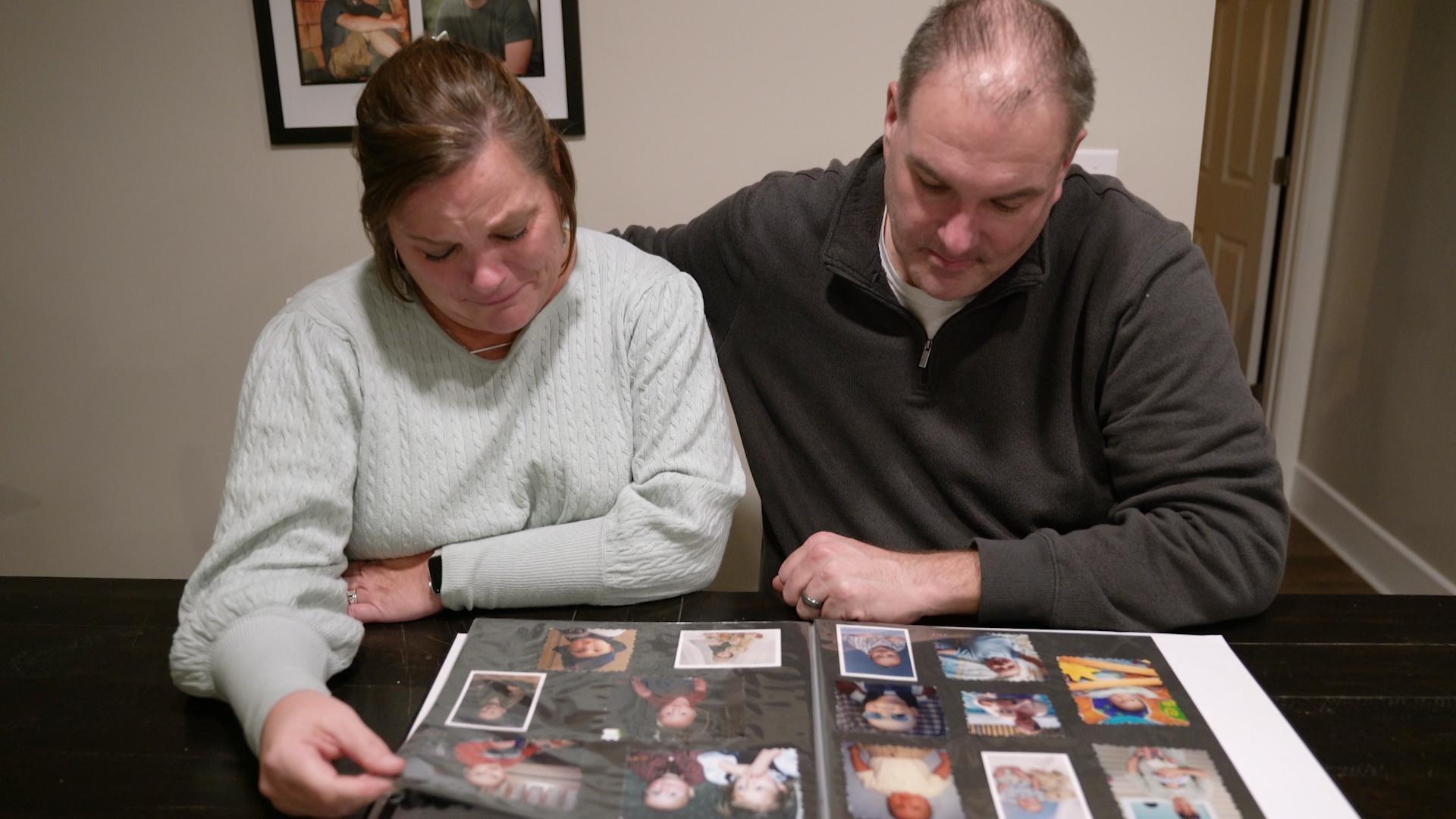
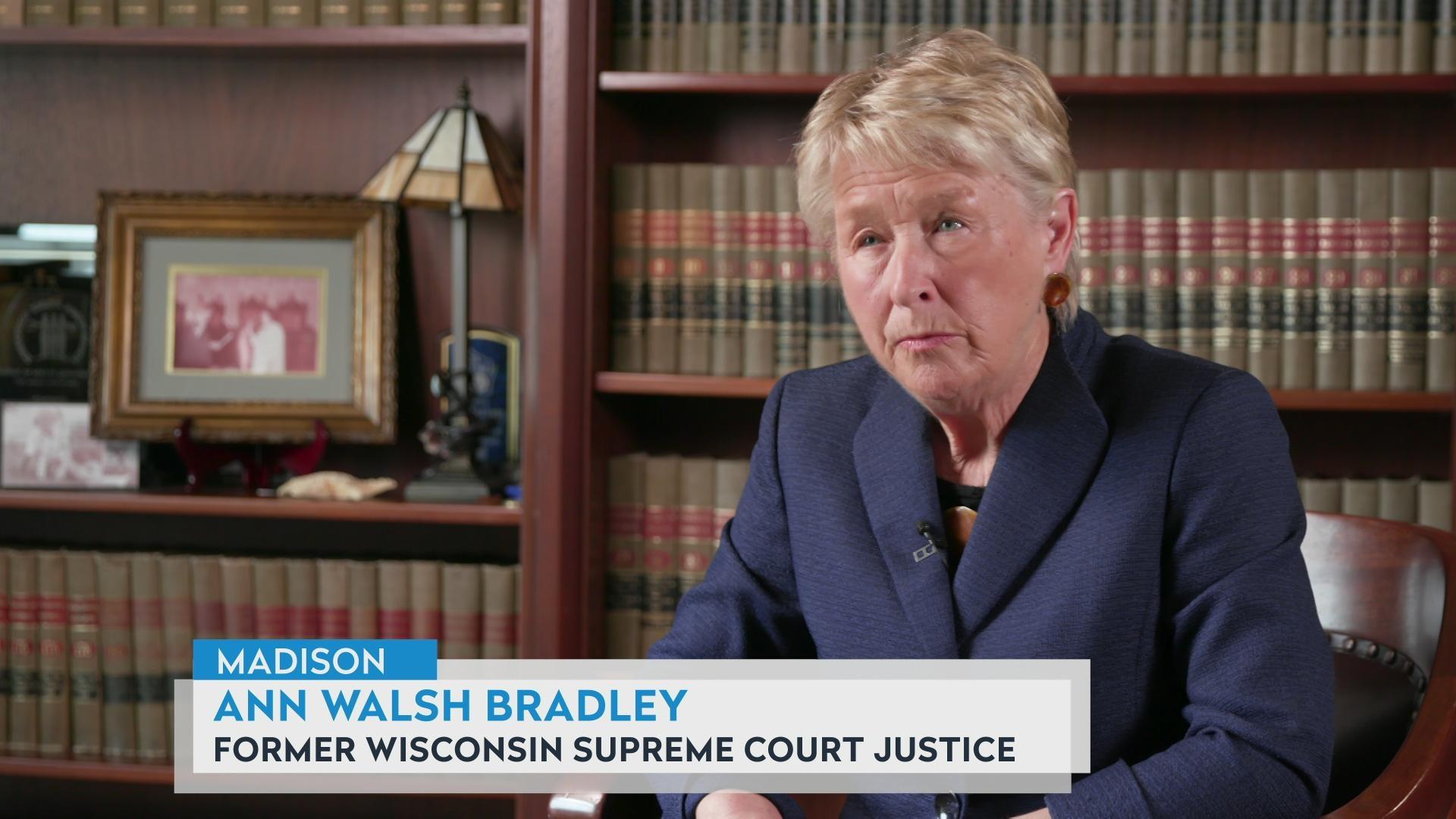
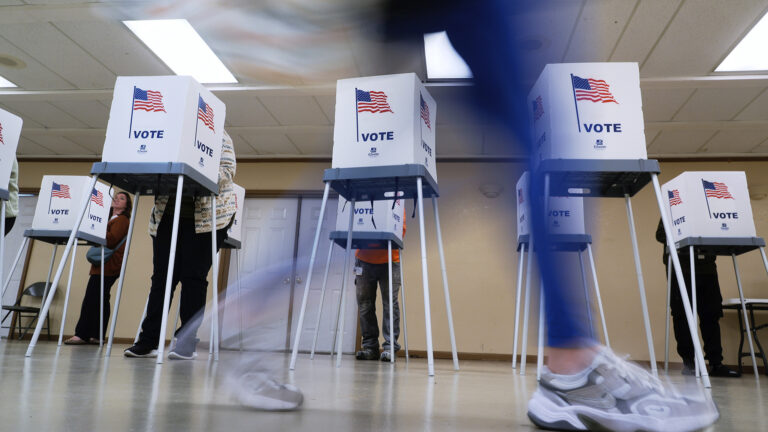

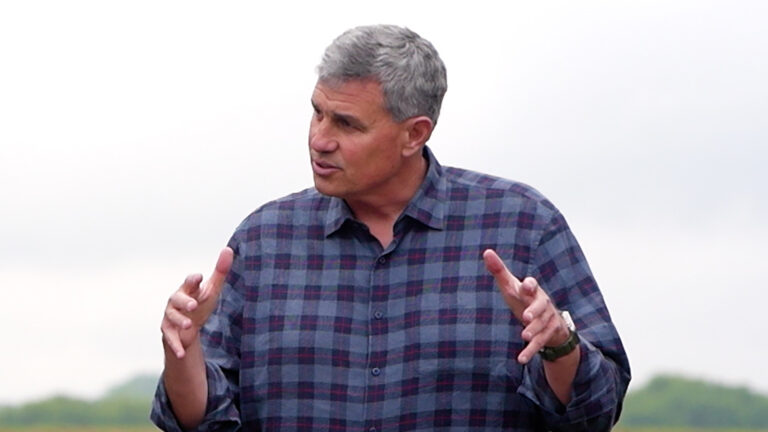
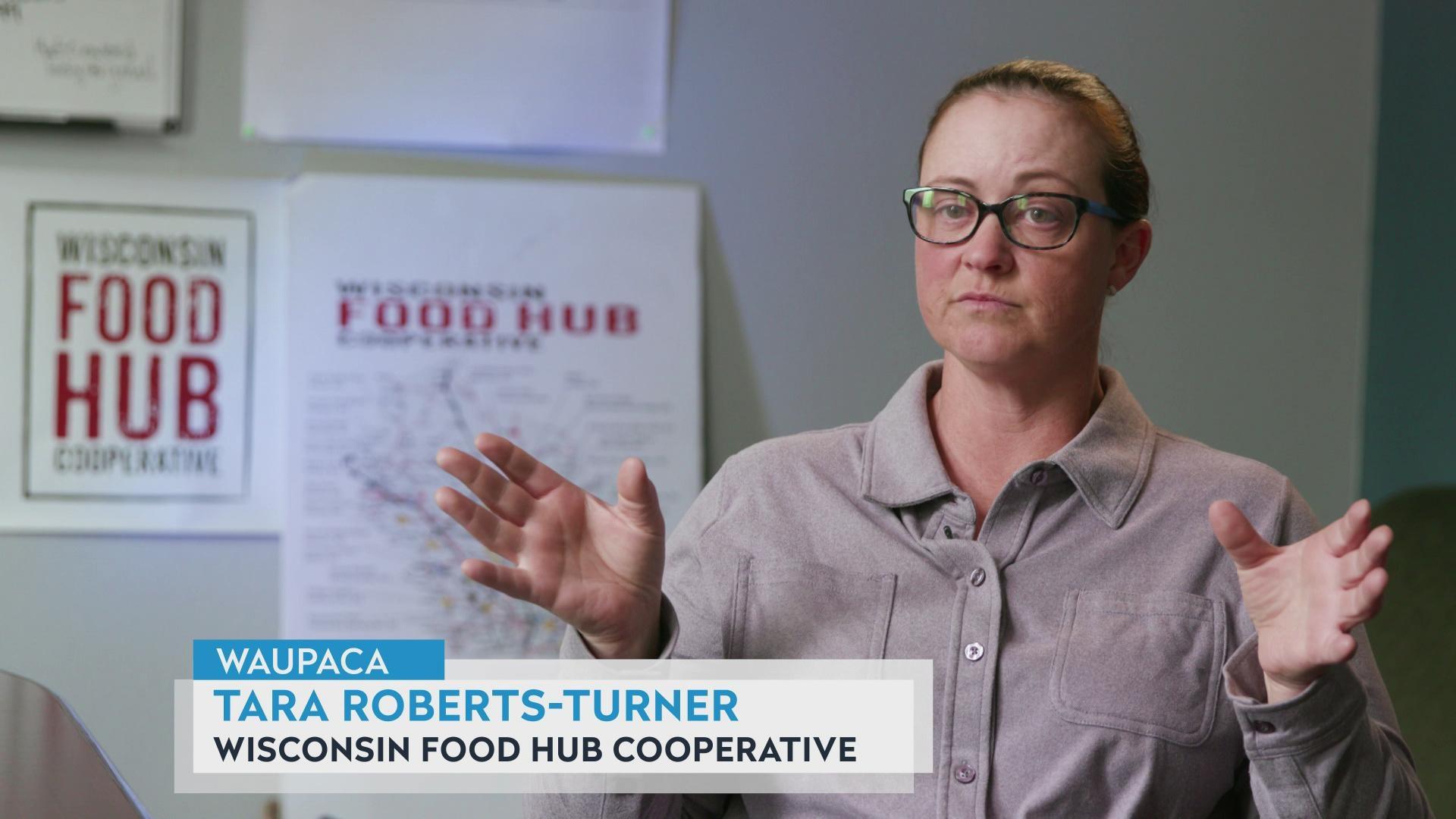
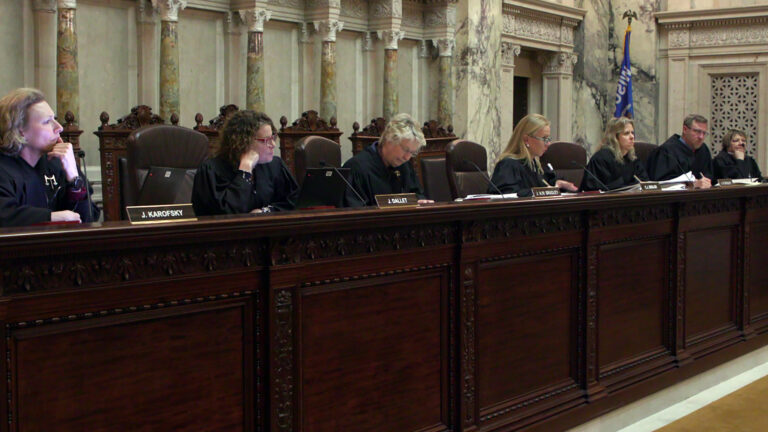

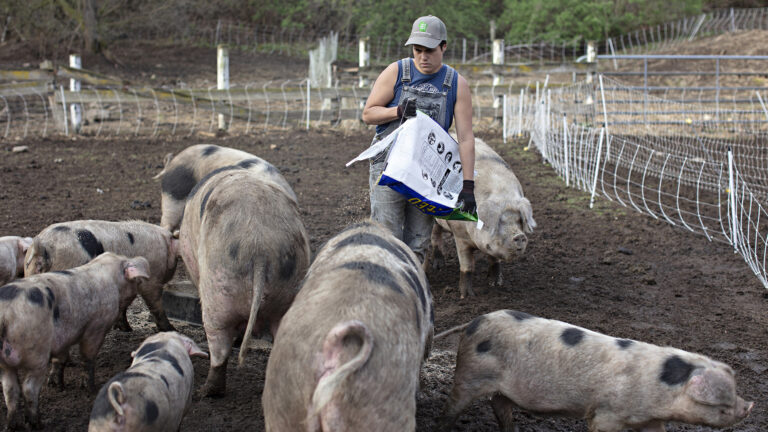
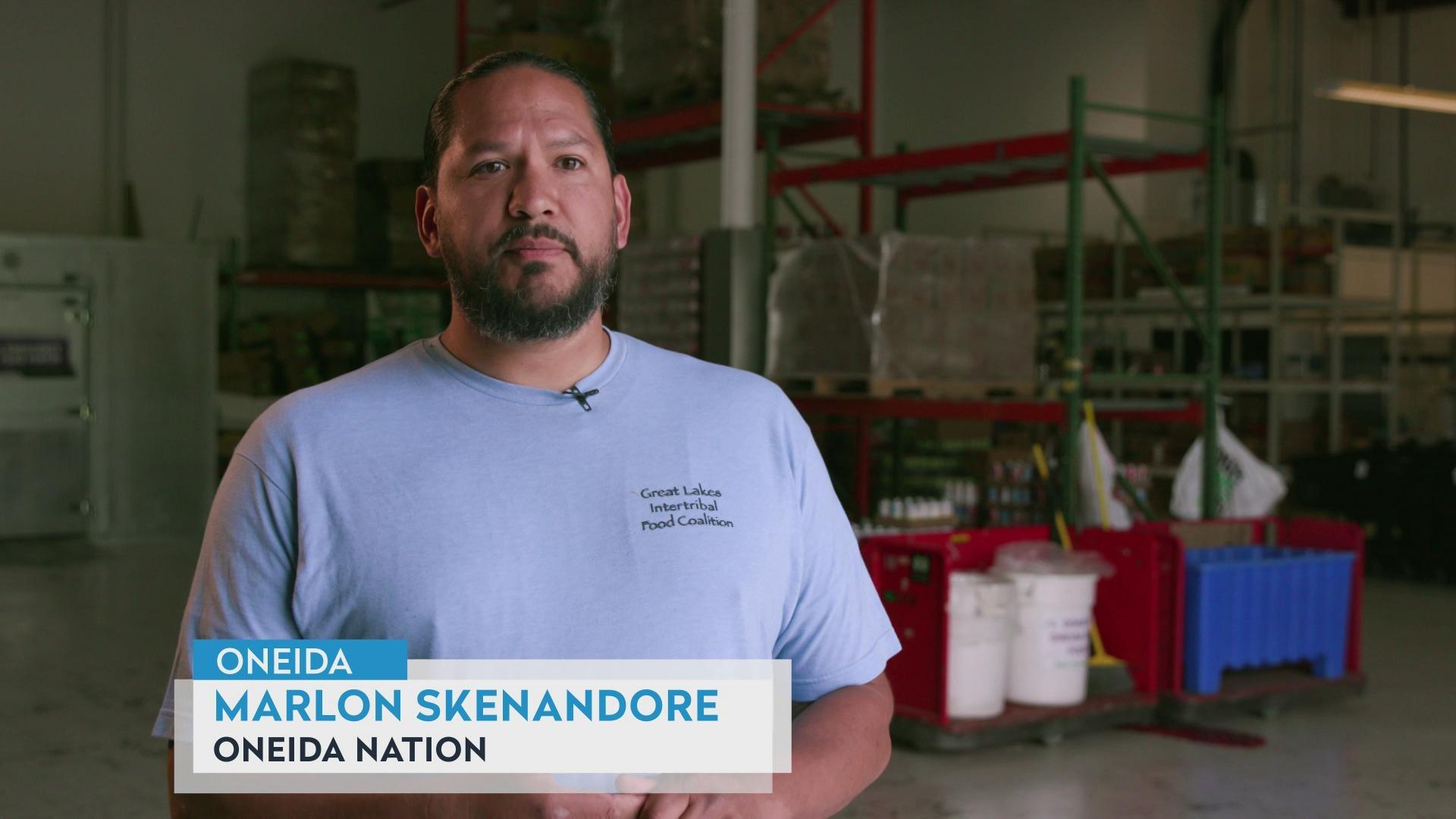
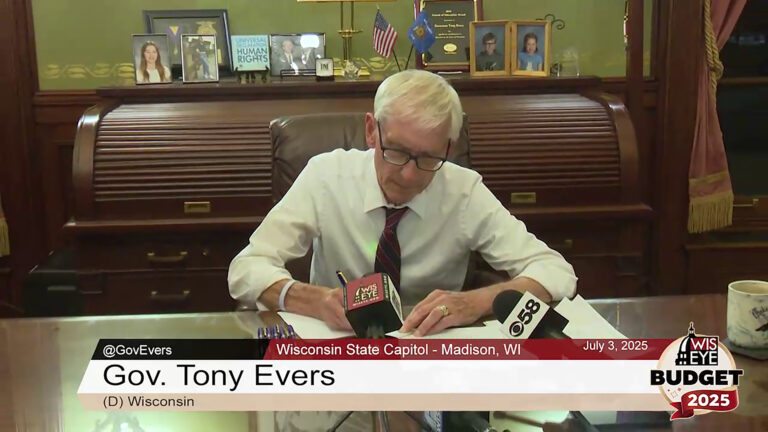


Follow Us